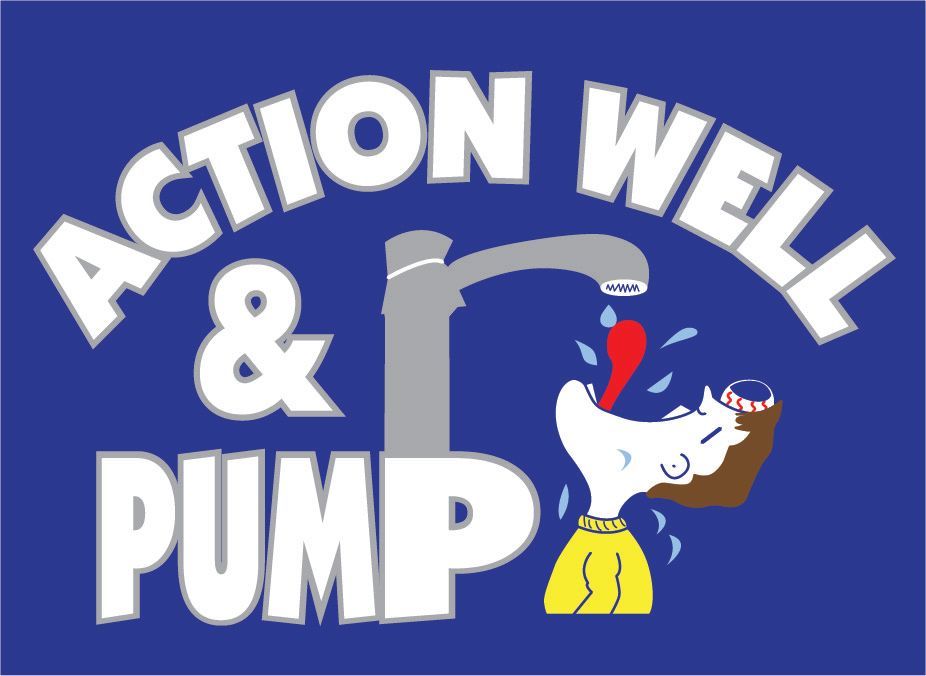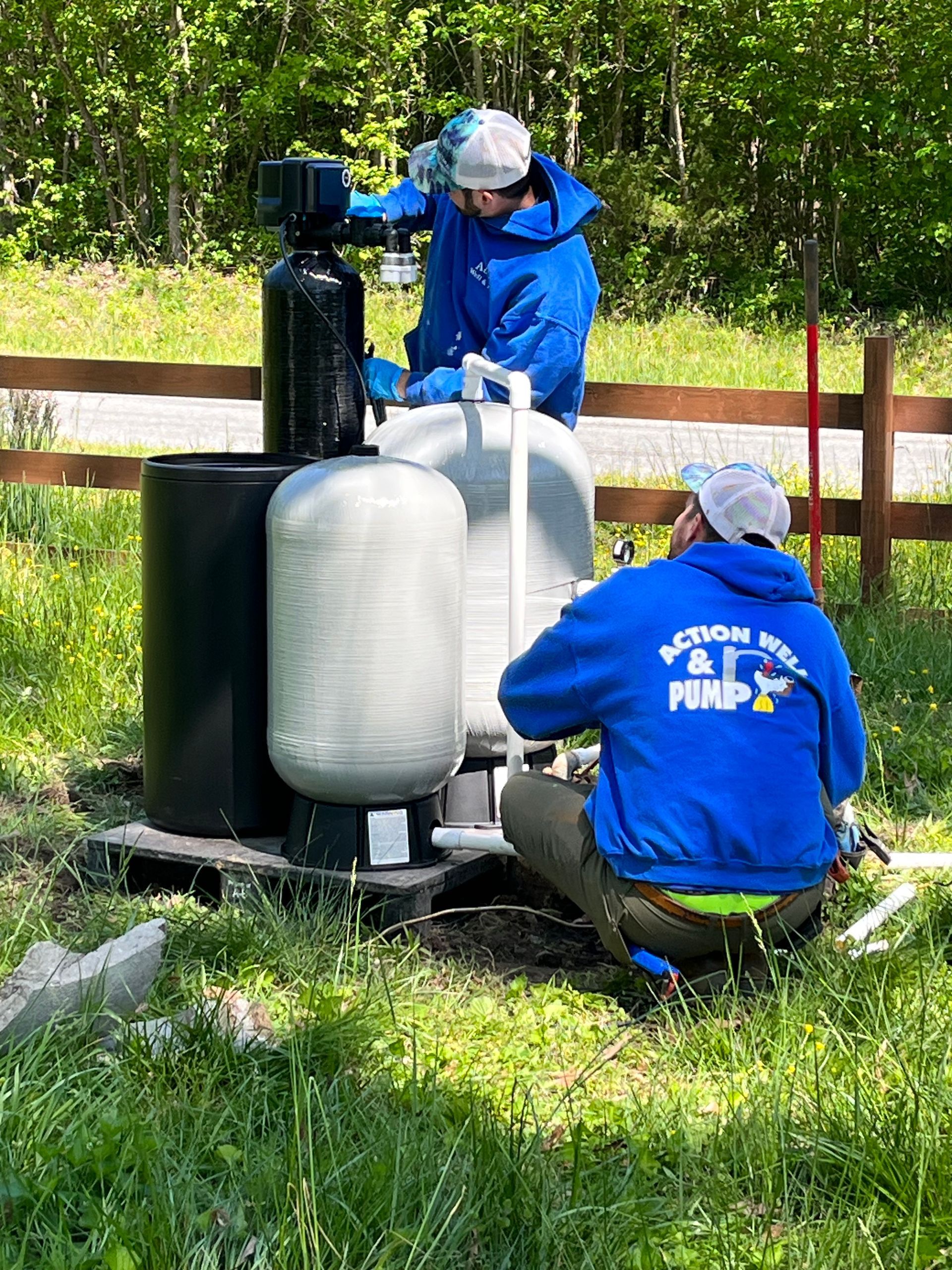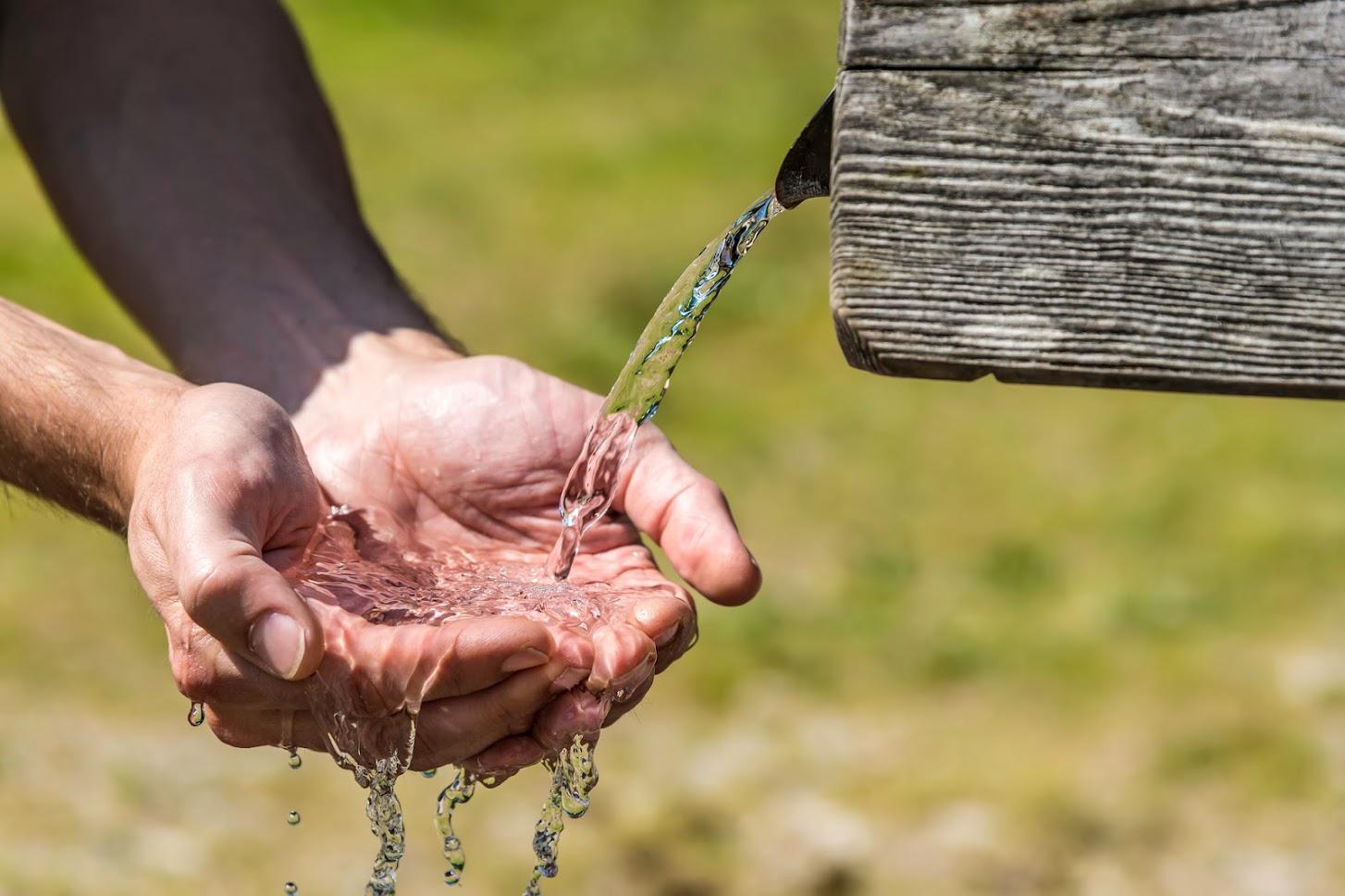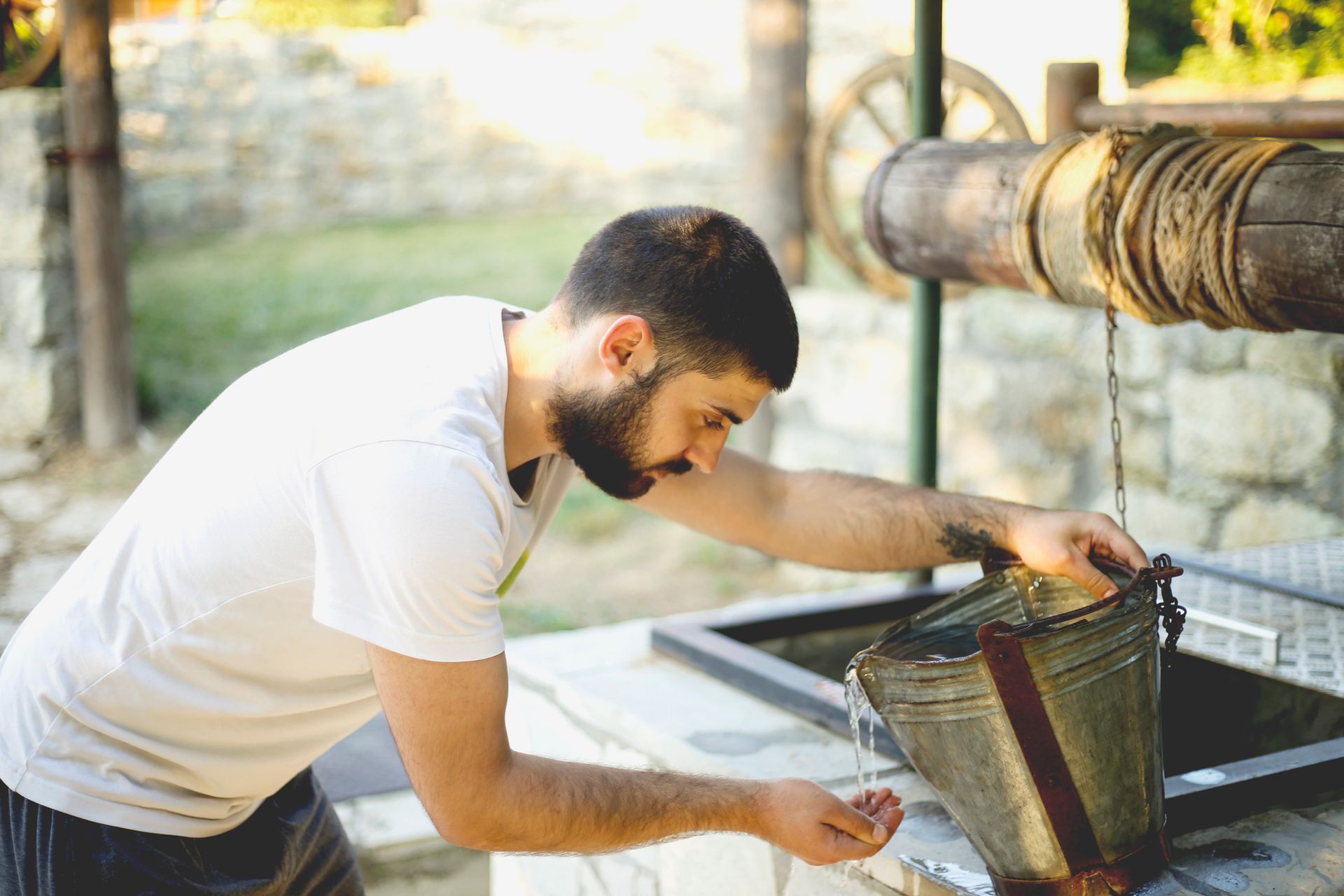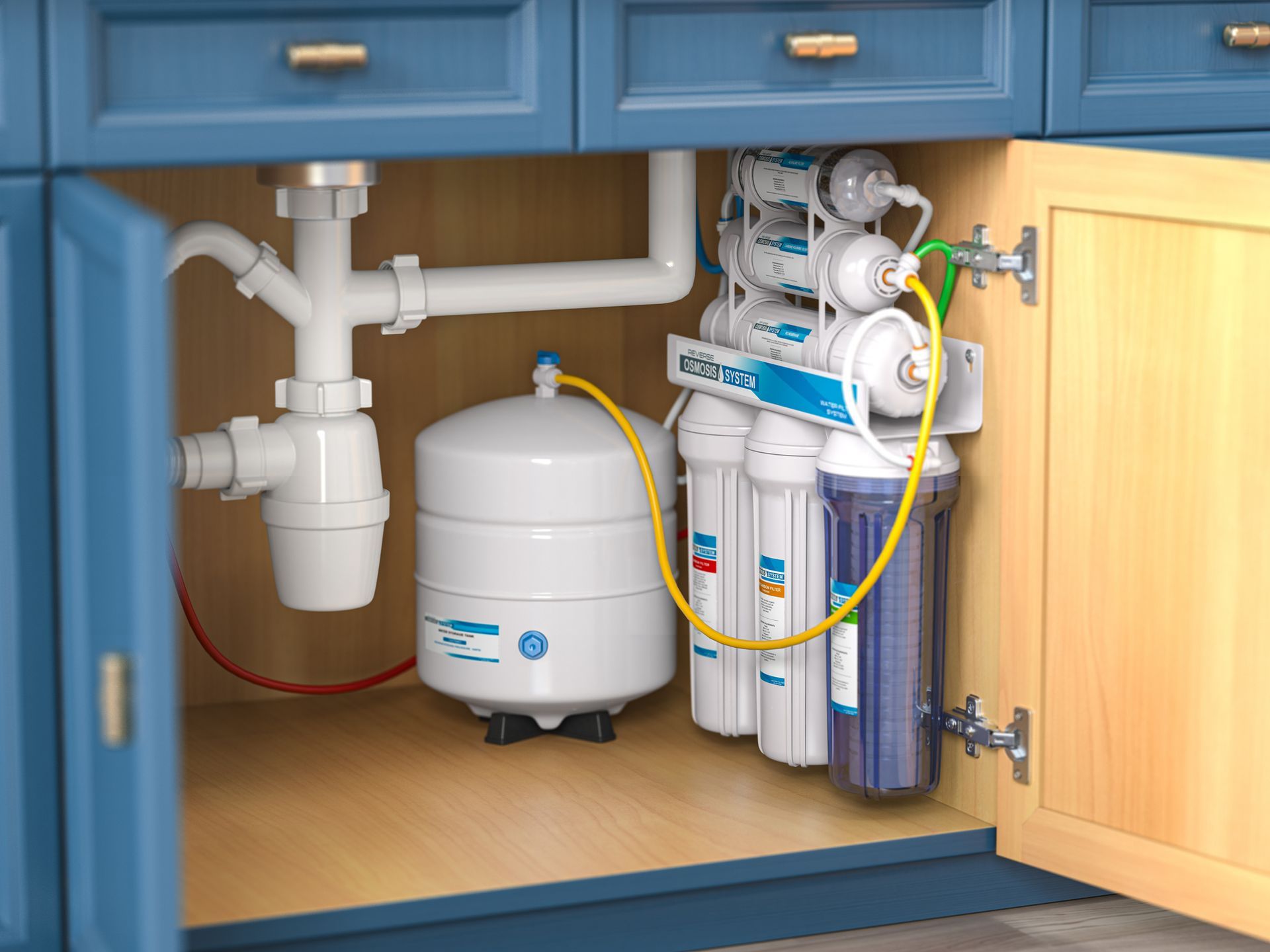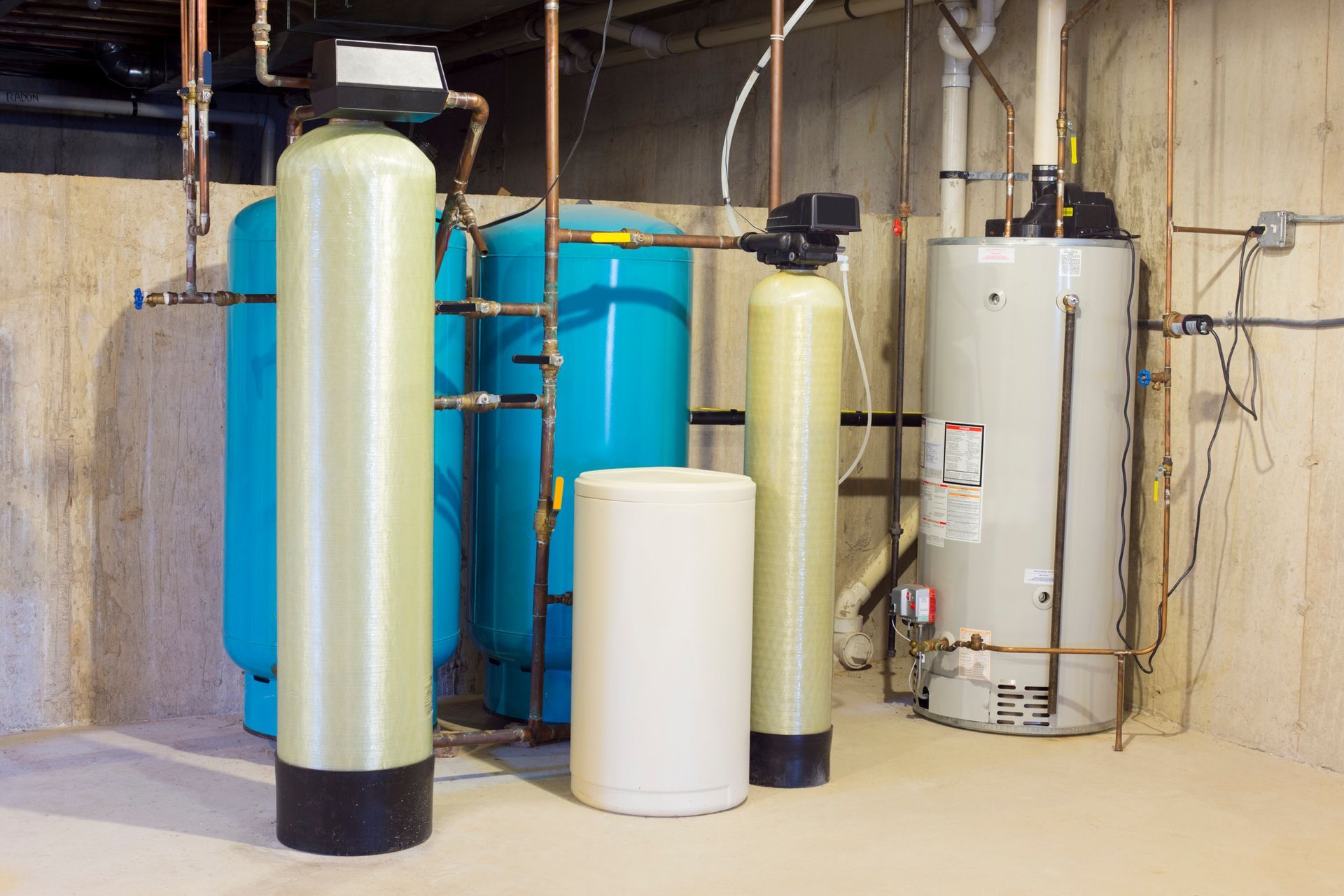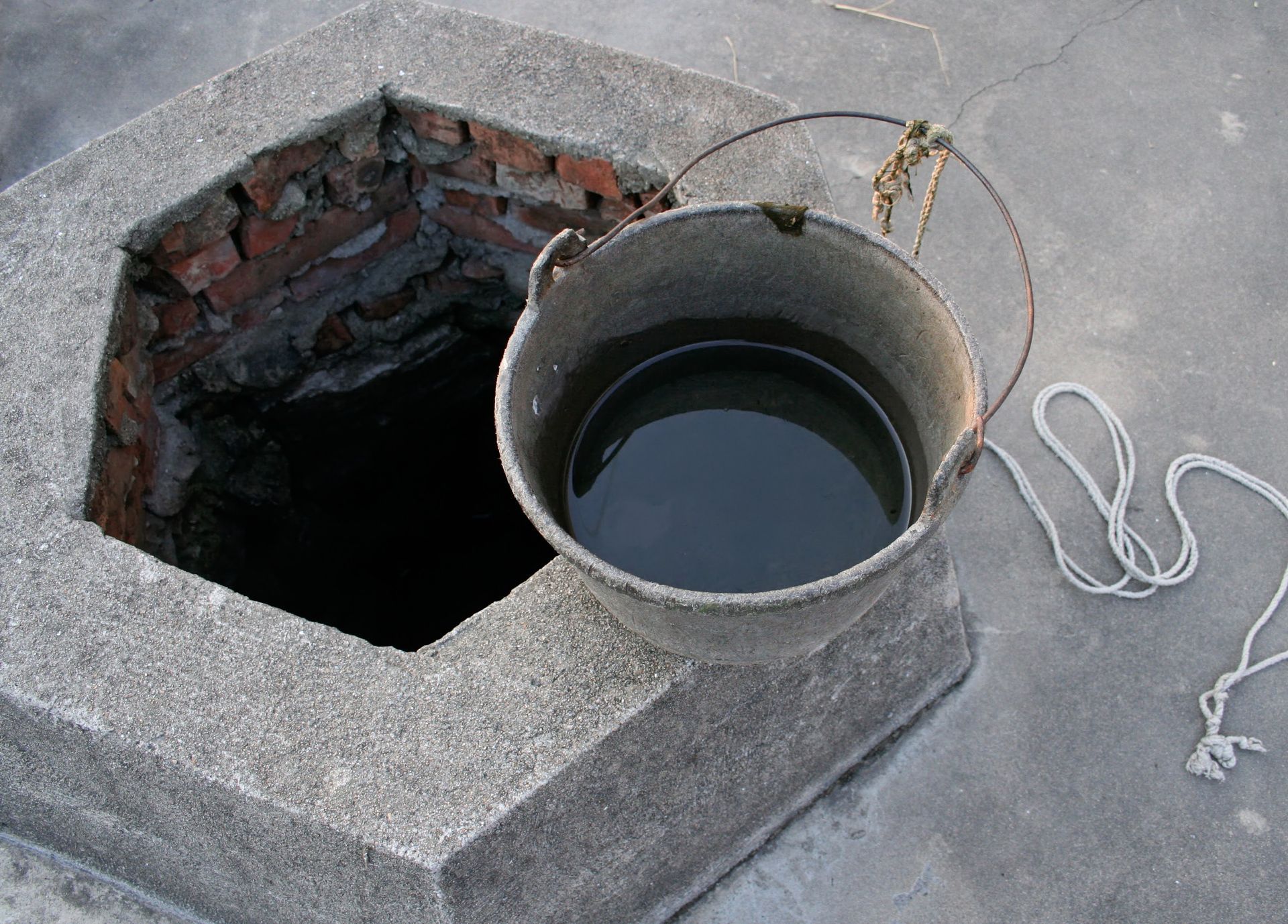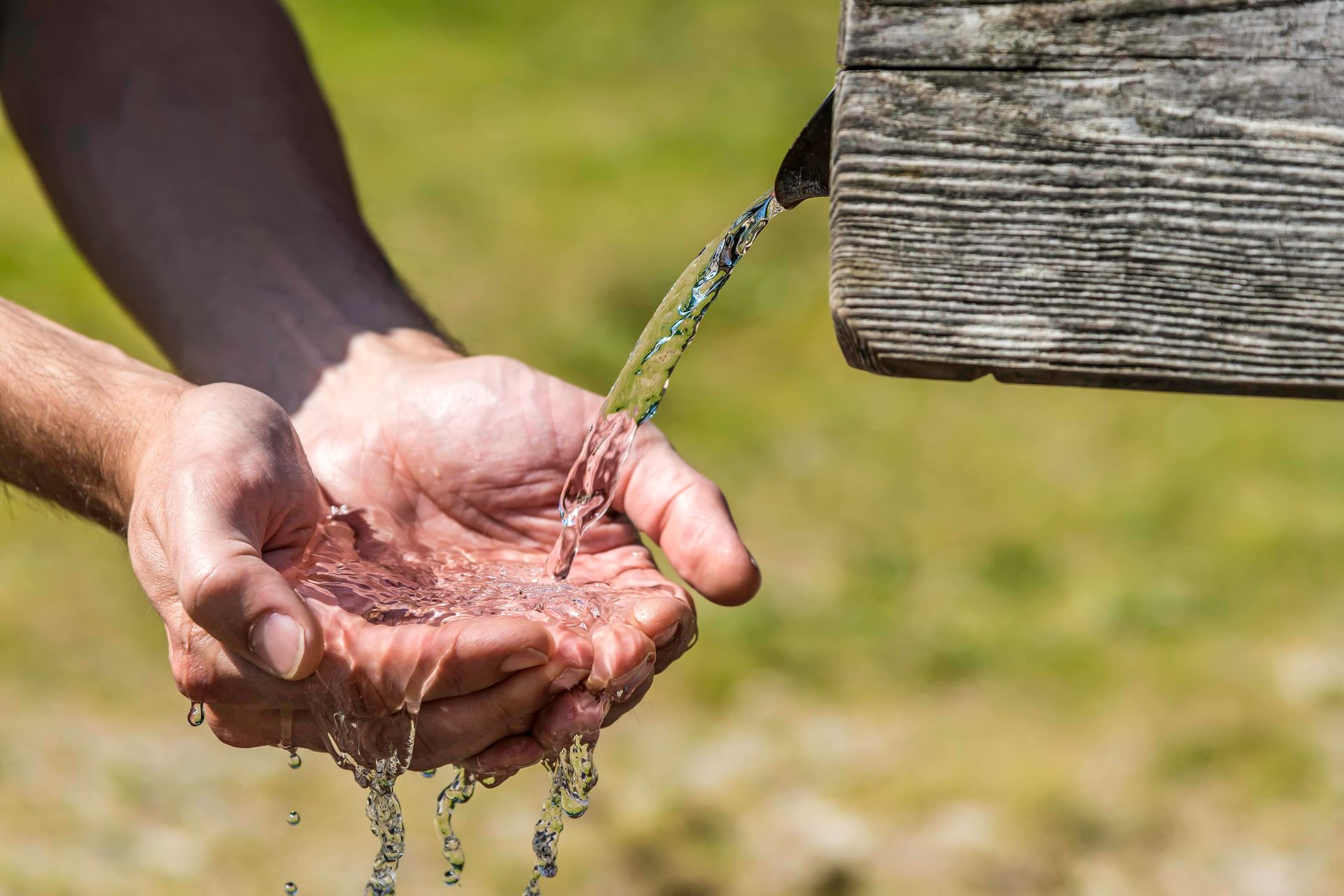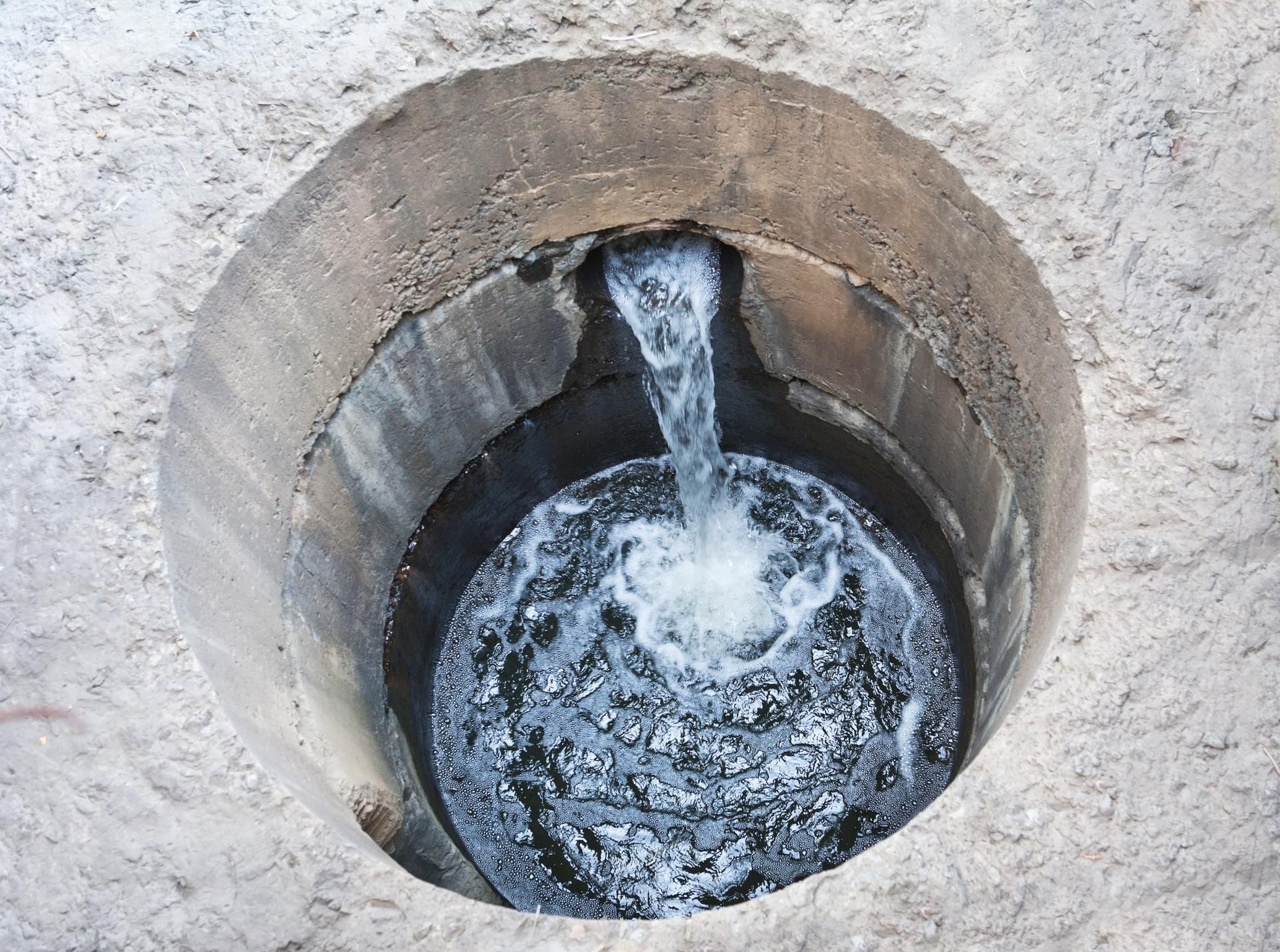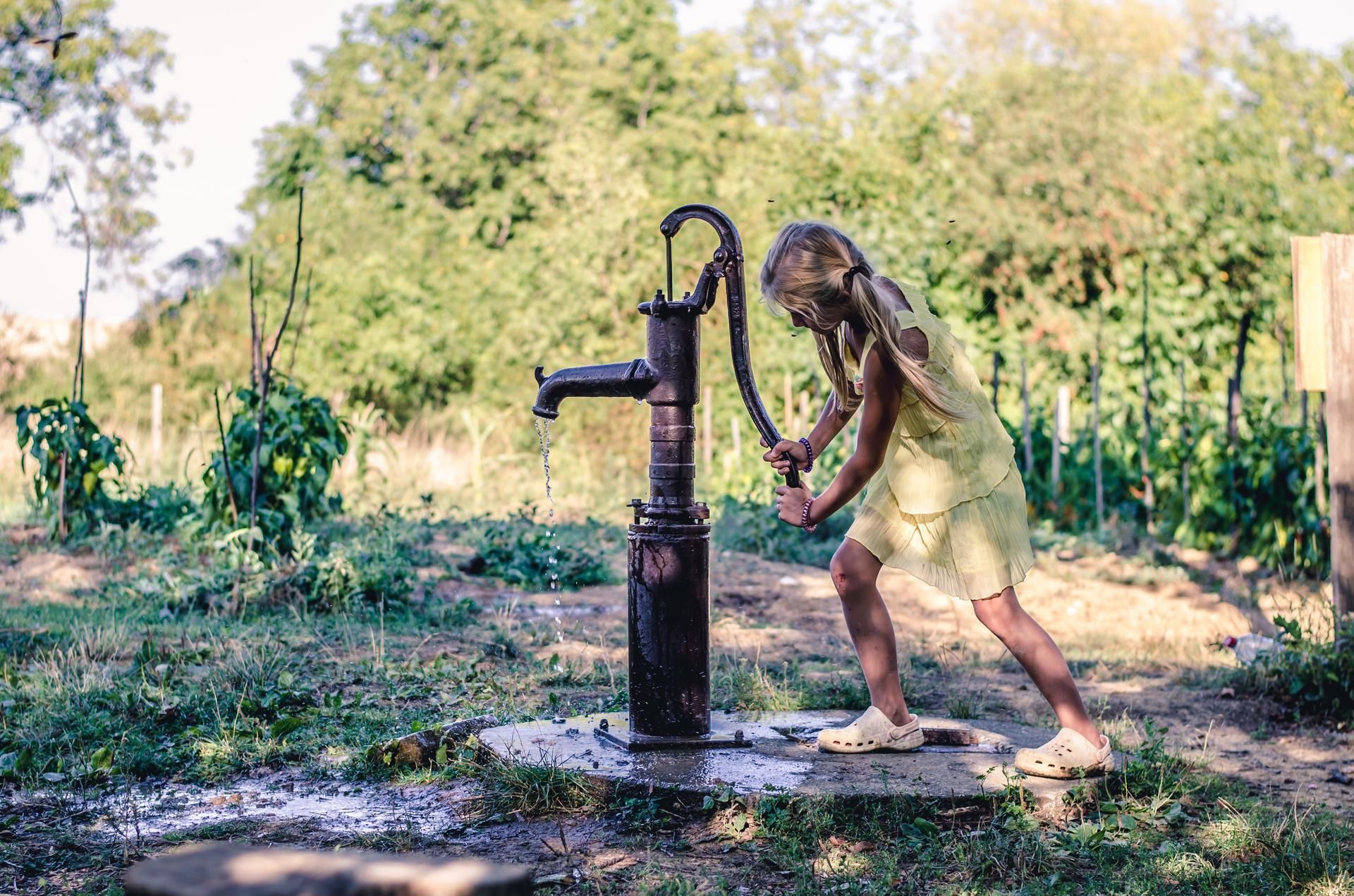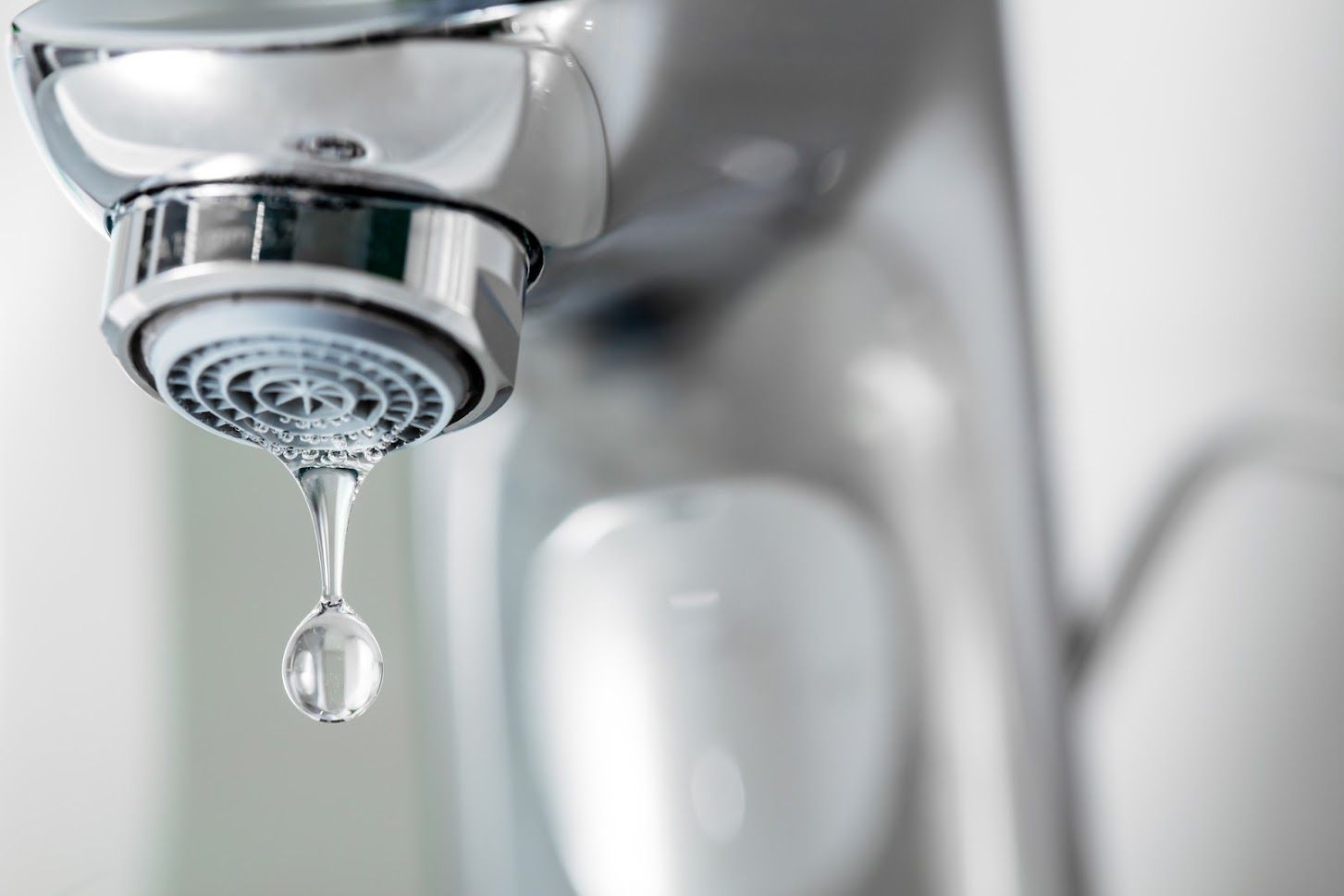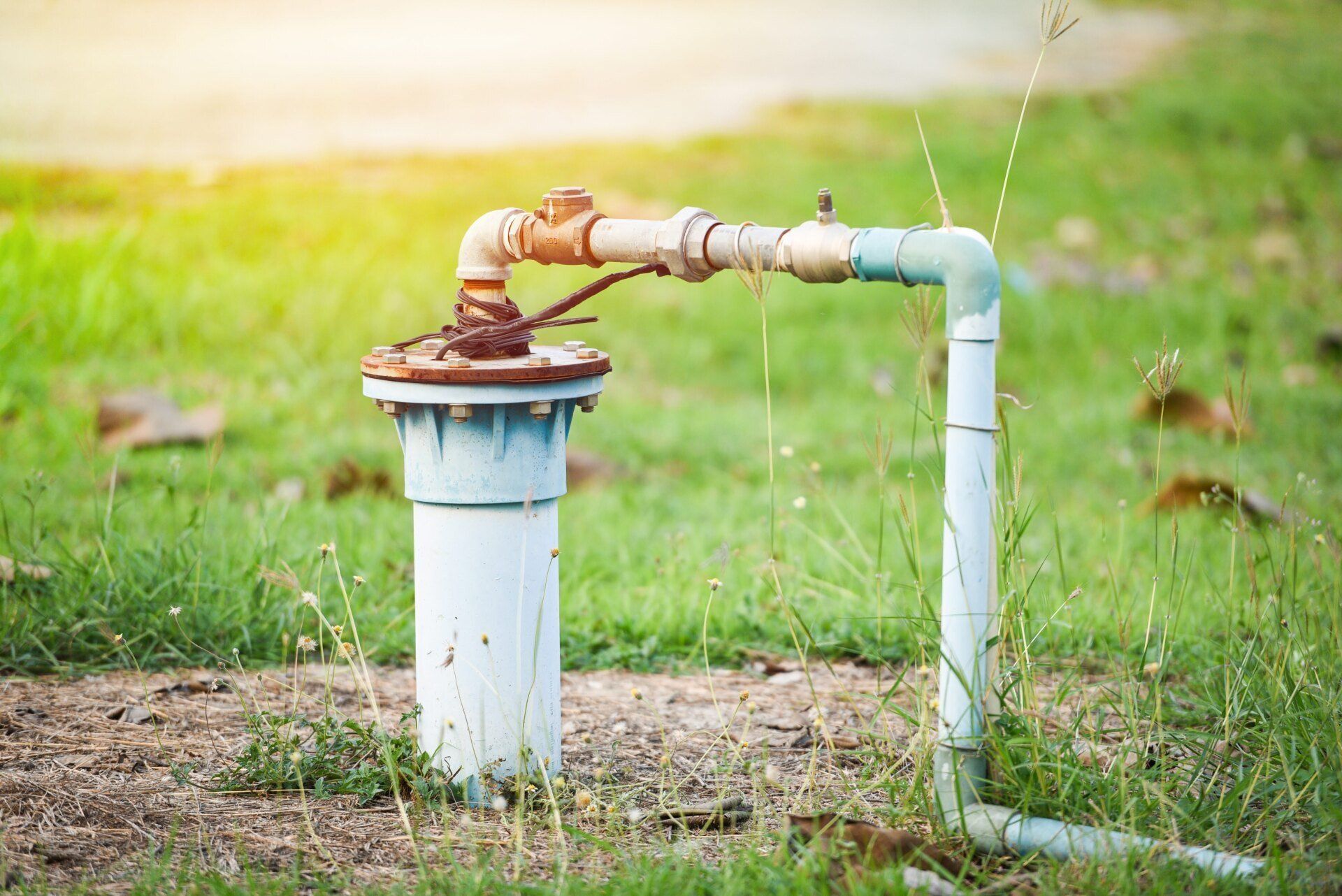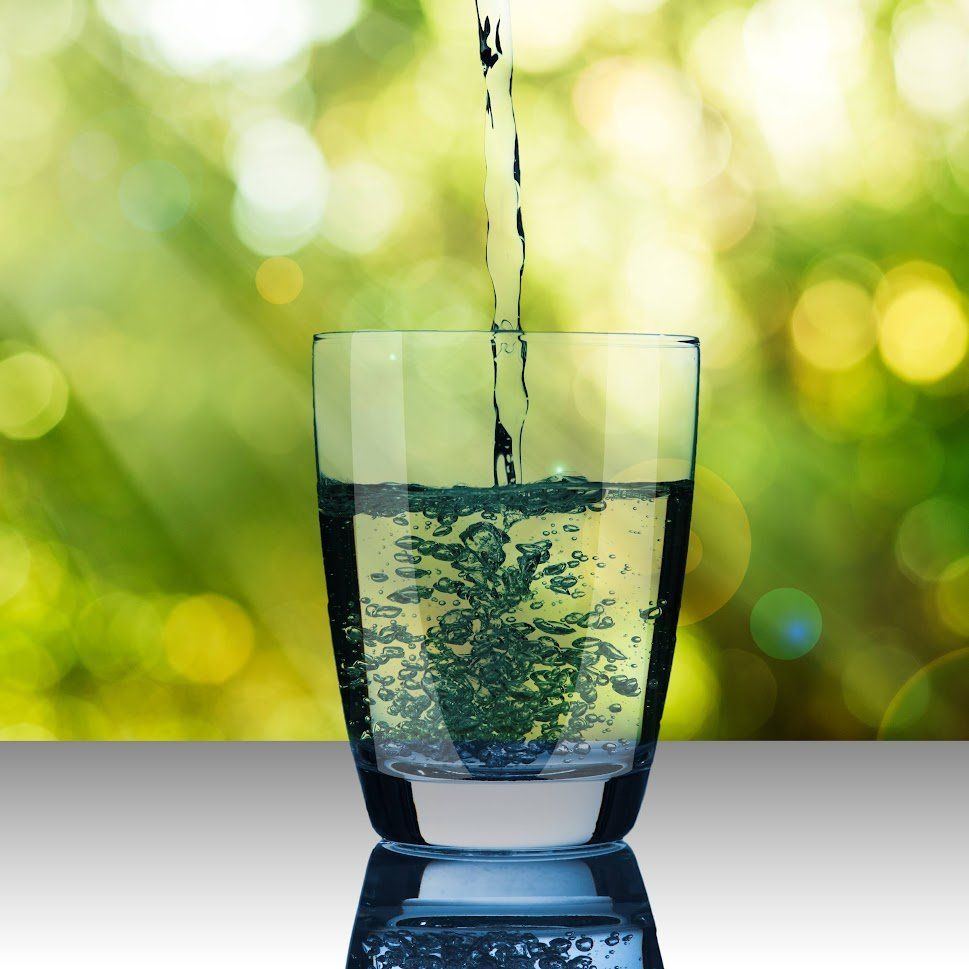3 Answered Questions About Residential Well Pumps for New Rural Residents
If you've bought a home in the country with a well for a water source, you should know a few things about wells and well pumps. Here are three facts about the water well on your rural property.
1. How Do You Access Your Water?
To reach the water under your property, workers used one of several methods. The type of access used depends on the type of installed well, the water source for the well, and the depth of the water source.
Dug/Bored Well
Installers create a dug, or bored, well by digging with shovels or a backhoe. Dug wells are shallow wells that are typically between 10 and 30 feet deep.
The inner surface of a dug well has materials that may include:
Stones
Bricks Tiles
Dug, or bored, wells are often large in diameter.
Driven Well
Installers create a driven well by driving long sections of pipe into the ground. Driven wells tend to be no deeper than 50 feet, but some wells go deeper in areas where the ground is softer.
The entire depth of a driven well has a tubular structure around it to limit contamination of the well. Both dug and driven wells use water close to the surface of the ground, so these two types of wells should be located in areas where rain drains away from the well site.
The casing for a driven well has one of the following materials:
Carbon steel
Plastic
Stainless steel
The casing helps bring water in and keeps soil out.
Drilled Well
Installers create a drilled well using machinery that may include a rotary driller or a percussion-type tool. Drilled wells are typically deep wells with depths in the hundreds to thousands of feet. Drilled wells have continuous casing from ground to depth and are the least likely wells to have contamination from surface runoff and other materials.
2. How Do You Pump Your Water to Your Home?
After your well is dug, driven, or drilled, installers put in your well pump. Well pumps pull water up from the water source and deliver the flow into your home.
Installers usually put a pressure tank close to the well pump for household water storage between pump cycles. When water comes out of the pressure tank for a shower or dishwashing, the pump refills the tank so water is always available.
When you have a shallow to moderately deep well (no deeper than around 110 feet), you use a jet pump. Jet pumps are available in shallow and deep-well versions for all types of wells. Jet pumps are close to the well above the ground, so they're easy to maintain and repair.
If your well is deep, you may have a submersible pump to provide water to your home. Submersible well pumps are inside the well, so you need to pull them up out of the well for repairs.
However, submersible pumps are not subject to freezing since they're well under the frost line. Jet pumps, however, must have protection from winter cold so they don't freeze and burst.
3. How Do You Order the Right New Pump?
When your well was created, the person in charge of the work noted the details about your well, including its recharge rate and yield. Knowing the specifics of your well capacity helped the pump installer select the correct size and type of well pump for the household.
However, the old pump may not be powerful enough for your household needs. If your water pressure is too low or your water is a funny color, contact a well-pump repair specialist to install a brand-new pump.
Your residential well specialist has experience installing wells and well pumps in all types of situations. They can advise you on the best brand, size, and type of well pump to order for replacement.
Schedule installation of your new well pump in North Carolina by contacting Action Well & Pump today. We can also refresh an old well on your property, repair your malfunctioning well pump, or replace a burst well pump.
